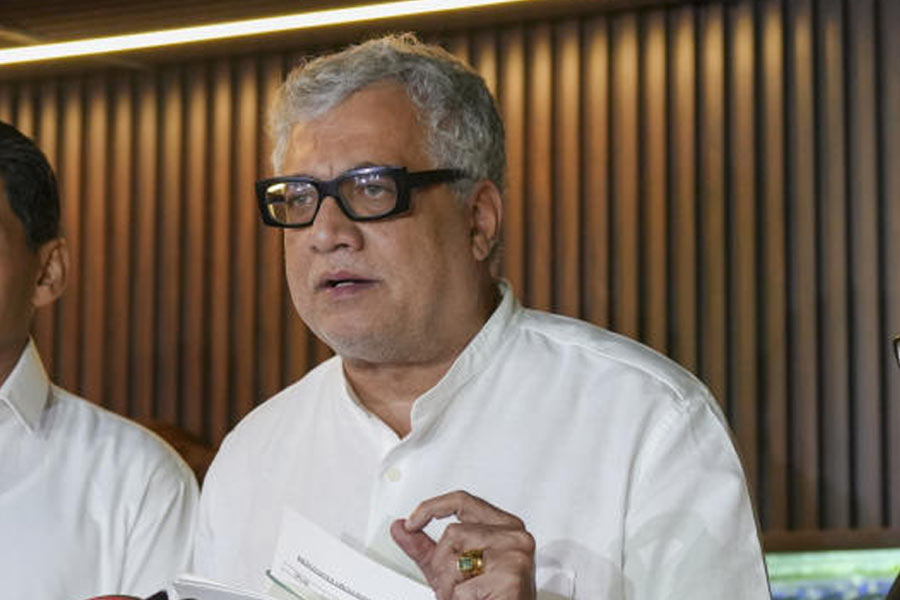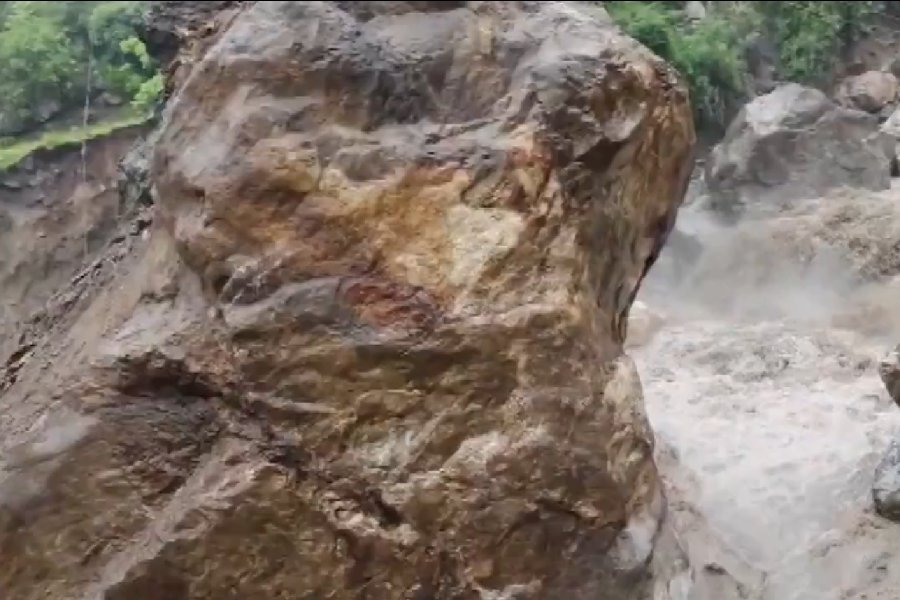Jorhat, Sept. 13: About 800 families in three districts of Nagaland have given up jhum cultivation and taken to settled cultivation following the implementation of a project on sustainable land and ecosystem management, country partnership programme since 2009.
UNDP co-ordinator T. Muthu told The Telegraph over phone from Kohima that a total of 70 villages in Mon, Wokha and Mokokchung districts of Nagaland had been selected for implementation of the project, which is a joint initiative by the ministry of environment and forests, the central government and the Global Environment Facility.
“The number of households engaged in jhum cultivation in these three districts is 23,726 and the population covered is 168,079. Of these, 800 families have taken to settled cultivation from last year,” Muthu said.
Others have shown significant improvement in jhum practices with 4,000 farmers showing a 15 to 20 per cent increase in annual income.
In addition, 4,000 women have also benefited through building of sheds to market the produce of their farms.
Muthu said of a total of 90,000 hectares under jhum cultivation in these districts, 10,500 hectares are currently being jointly developed by the forest department and agriculture and allied departments like fishery, veterinary, sericulture, soil and water conservation. Another 11,478 hectares has been put under agro-sustainable land practices.
Pawan Kaushik, scientist at the Rain Forest Research Institute here, who is also the training co-ordinator of the project, said in the northeastern region where shifting agriculture was the major land use, a minimum of a 10-year-cycle was found to be necessary for the system to be economically and ecologically sustainable. Moreover, an estimated area of about 1,000 square km has been brought under jhum cultivation within the last decade.
“In Nagaland, the 10 to 14-year jhum cycle has been reduced to four to six years in many places. The shortening of the cycle and extension of the area under jhum cultivation has resulted in accelerated soil erosion and disruption of the water system in the area. It is estimated that 70 per cent of the top soil loss, land degradation and water source deterioration is attributed to the practice of shifting cultivation. The system of cultivation, coupled with high rainfall, causes heavy erosion to the extent of removing up to 40 tonnes of top soil per hectare in a year,” he said.
The shortened jhum cycle is inadequate to allow restoration of soil fertility before the land is again cultivated, resulting in declining yields over time.
The project is being implemented to popularise the best practices in jhum that will help in preventing, reversing and controlling land degradation. Among these are use of bio-fertilisers and bio-pesticides, planting of hedgerows and trees to prevent erosion of the soil and other technologies.
The Rain Forest Research Institute at Lahdoigarh here has undertaken awareness camps and training of NGOs and other stakeholders in the latest technologies.
The partnership programme consists of seven projects being implemented in 10 states in India, including Nagaland, with assistance from the World Bank as the leading agency and the UNDP and Food and Agriculture Organisation.











